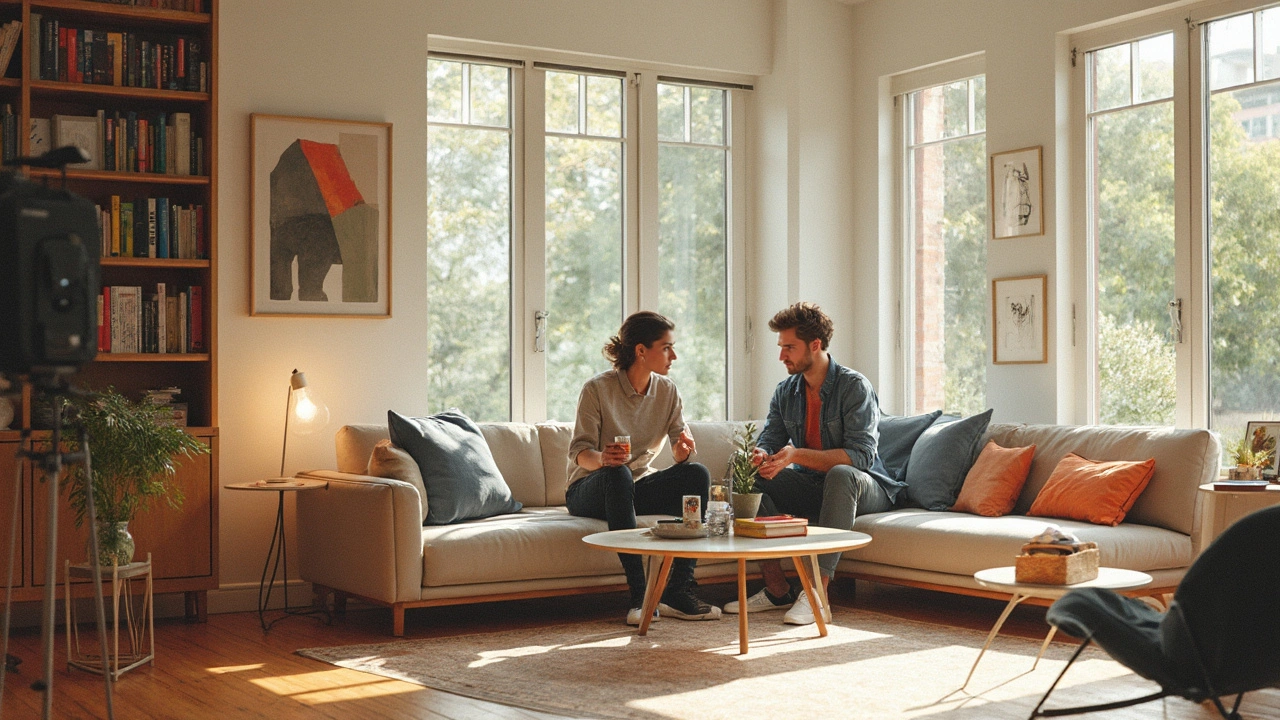Functional Design: Make Art and Objects That Actually Work
A chair that looks stunning but snaps on the first sit is a failed idea, not a style choice. Functional design puts use first. It makes objects, spaces, and artworks that solve real problems, feel right in the hand, and last. On Paul Artistry you'll find examples that prove function boosts beauty—from Bauhaus furniture to land art shaping city parks.
At its core, functional design answers three questions: What is this for? Who uses it? How will it be used? Start with purpose and stay ruthless about removing anything that doesn't help. That doesn't mean plain or boring. De Stijl's clean grids or Fluxus's playful objects show function can be bold and memorable when chosen with care.
Five practical principles to follow
1) Prioritize the user: think ergonomics and reach. A lamp must light faces, not just look cool. 2) Keep it simple: fewer parts means fewer failures and easier repairs. 3) Choose honest materials: durable woods, steel, or weatherproof concrete work better than fragile fads. 4) Design for context: a public bench needs different rules than a living room chair—look to land art and urban design for scale and durability lessons. 5) Make it testable: prototypes reveal where comfort, balance, and function break down.
Examples make this real. Bauhaus taught that form follows function by combining craft and industry—think of a tubular-steel chair you can actually build and sit on. De Stijl gave graphic designers a grid that guides the eye and the message. Futurism and smart-city ideas show how design can plan efficient movement and energy in urban life. Even installation art borrows functional thinking when it invites people to move through space safely and meaningfully.
Quick steps to apply functional design today
Start with a short checklist: define the primary task, list who uses it, note the environment, pick materials, and sketch one simple prototype. Test with real users—watch them use it without explaining. Fix the sticking points, then repeat. For homes, focus on multi-use pieces: a coffee table with storage, an easily cleaned surface, or lighting that shifts from task to mood. For public work, think maintenance, vandal-proof details, and clear sightlines.
If you're an artist, treat function as a collaborator. Let a practical constraint—weight limits, weather, or budget—push you toward smarter forms. That mindset turned Constructivist posters into clear political messages and guided contemporary designers turning avant-garde ideas into livable rooms.
Small wins matter: round edges for comfort, modular parts for easy repair, exposed fasteners for serviceability, finishes that hide scratches, and clear assembly guides. For outdoor pieces, pick stainless steel or treated wood and plan drainage. These small choices cut long-term costs and keep design honest and useful. Start small, test often, learn fast today.
Want to see more practical case studies? Check related guides on Bauhaus Design, Avant-Garde Home Décor, and Land Art’s Impact on Modern Urban Design here on Paul Artistry. Functional design isn't a limit—it's the fast lane to work that matters.

